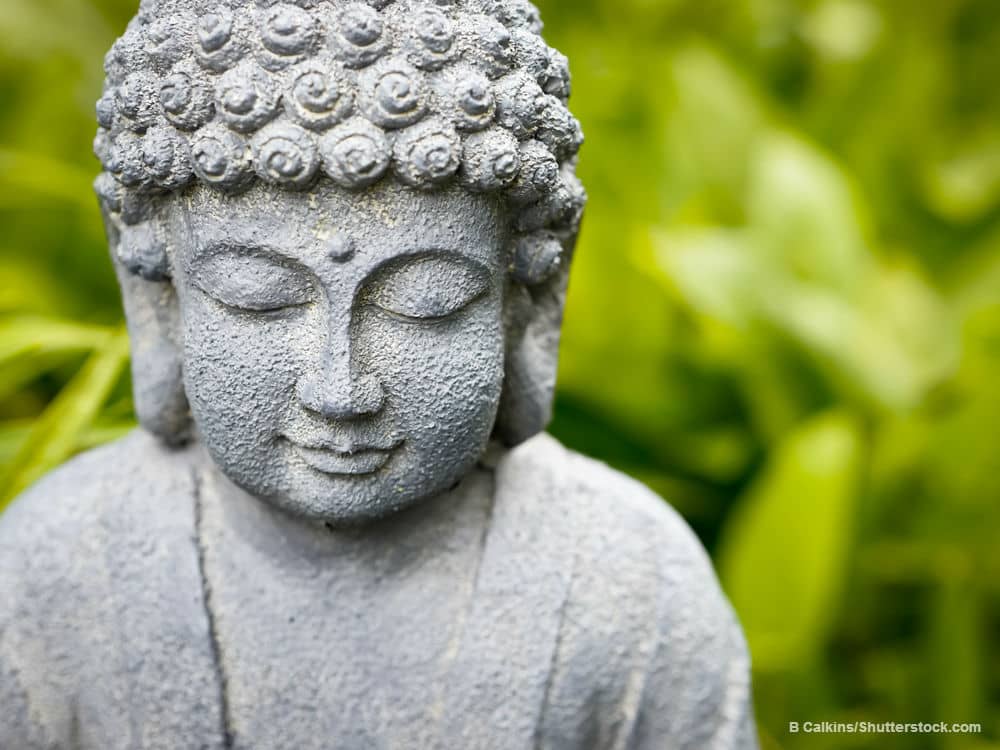Every religion has rituals and liturgies or sacred texts intended to assist the dying and dead, which are also a comfort to the survivors. In traditional Judaism, for example, the dying are supposed to recite a prayer of confession and repentance, and others will help them to do so if they are incapacitated. After a death, the survivors periodically recite the Kaddish, a Hebrew prayer in praise of God's name. In Islam, people gather to offer their collective prayers for divine forgiveness of the deceased. In Catholicism there is the priestly sacrament of anointing a person on the point of death, prayers for the souls of the dead, and the funeral mass. Tibetan Buddhism, too, has a rich ceremonial tradition associated with death.
During the journey of my long and turbulent life, I have had many firsthand experiences of dealing with the deaths of great spiritual masters, close friends, and unknown strangers. Some were respected or powerful, and many mourned their deaths. Others were poor, uncared for, and unknown.
From the age of five, I lived and grew up in Dodrupchen Monastery, a famous learning and meditation institution in Eastern Tibet. Along with my fellow monks and novices, I oriented my entire life toward learning Buddhism, prayer, and meditation. After the completion of the preliminary training, we studied and meditated on the advanced teachings and began to serve the community. We were taught to help the dead and those who survived them through devotional prayers, ceremonial rites, traditional teachings, and meditations, according to the meticulous Tibetan Buddhist death service manuals.
Trying to take care of a dead person by performing death ceremonies can be the saddest yet most serene and honest time of our lives. We have no appetite to aspire to anything else as we summon from the depths of our being all the support that we can for this person's crucial journey into the unknown world. At the side of a dying or a dead person, prayer come from the heart, uttered with our whole mind and body. The truth of life, its fragility, is naked before us. For the departed, all the structures of dignity, career, and earnings have unexpectedly collapsed. Even their most cherished body is humbled, lying cold, stiff, and motionless, with no breath--dead.
Death ceremonies are performed sitting right by the dying person or near the body of the deceased. All ceremonies follow the same basic pattern: we start by trying to open up our own hearts in devotion to the source of blessings, such as the Buddha of Infinite Light. Then we direct our minds to the dying or dead person with strong compassion and unconditioned love from the depth of the heart. With this devotional and compassionate attitude, we begin the main ceremony: saying prayers, meditating, and receiving blessings from the source of blessings for ourselves and the deceased. Finally, we see, feel, and contemplate all as one with great peace. We conclude by offering all the merits we have created to the deceased and to all mother-beings (all sentient beings, who in previous existences have been our mothers) and by making aspirations that the deceased be reborn in the Blissful Pure Land or as a joyous human being.
Blessings of Light: A Meditation for the Dying
Read more >>
| _Related Features | |
| |
 |
Many death ceremonies were occasions of great joy, with an almost celebratory atmosphere as people recalled all the peace and joy that the deceased had brought to themselves and others during their lives. But there were also many great somber moments of sadness and hopelessness, when the barrier between the dead and living was so great that no one could reach the deceased, even if we could touch them physically. Their mind was sinking into a deep darkness, an unknown and lonely world. Sitting beside a deathbed, staring into the face of life's fragility, leaves us no secure corner to hide. It is always a powerful wake-up call.
Universal Meditation for All
Even if the dying or dead person is not a Buddhist or not even open to Buddhism, the following formulas will be beneficial, safe, and respectful. Helpers can use them all or tailor any part of them that will suit the need of the particular dying person. They are based on Buddhist principles but have universal qualities and appeal.
| _Related Features | |
| |
 |

